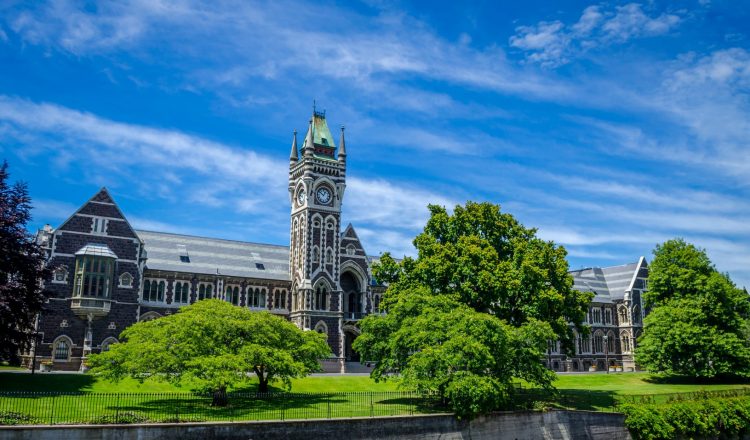When should I enrol my child in secondary school?
Students move on to secondary school when they have finished Year 8, usually when they are 13 (although some will be younger or older).
If your child is going on to your local state secondary school, you can enrol them during Year 8.
If you want them to go to a private or state integrated school, check with the school well ahead of time to find out about their enrolling process and timing. Some schools might have long waiting lists, and you could have to apply years in advance to get a place.
If you want your child to go to a zoned school outside of your area, check with the school about the timing and application process.
Zoning
Zoning means:
- Children who live in the school’s area (the zone) are guaranteed a place at their local school.
- If the school has extra places, children who live outside the zone can apply for those places.
- If the school has zoning you need to give an address within this zone when you apply to enrol your child. This must be your usual place of residence. If the school finds that you have given false information, they may cancel your child’s enrolment.
Not all schools have zoning.
To see if a school has an enrolment zone and whether you live within that go to the find a school tool on the education counts website, type in a school or address and search. You can then choose to see the enrolment zone in place for that school or address.
What if I want to enrol my child at a school, but I’m not in their zone?
Each year, schools are required to put a notice in a local newspaper saying:
- how many out-of-zone places are likely to be available
- the closing date for applications for these places
- any ballot dates for out-of-zone places.
However, you can contact a school at any time to ask about zoning and have them send you an enrolment pack which will have important dates.
How does the application process work?
Applicants are accepted in this order:
- First priority must be given to any applicant who is accepted for enrolment in a special programme run by the school.
- Second priority must be given to any applicant who is the sibling of a current student of the school.
- Third priority must be given to any student who is the sibling of a former student of the school.
- Fourth priority must be given to any applicant who is a child of a former student of the school.
- Fifth priority must be given to any applicant who is either a child of an employee of the board of the school or a child of a member of the board of the school.
- Sixth priority must be given to all other applicants.
If the board receives fewer applications than there are places available all applicants will be enrolled. If the school receives more applications than there are positions the school will hold a ballot.Within 3 school days of the ballot happening, the school must post letters informing applicants of the outcome of the ballot.
Successful applicants then have 14 days to confirm they accept or reject the offer of a place. If they don’t respond within that period, the place will be offered to the first person on the waiting list established by the ballot.
How do I enrol my child?
Get enrolment forms and instructions from the school. Either go to the school’s website, or phone to ask for the forms and information.
Try to visit the school with your child before they start their first term. This will help them get familiar with the school, and getting there and home again. If your secondary school has an orientation day for new students, encourage your child to go so they can meet teachers and other students before they start.
What do they need when they start?
Most schools will provide a list of everything new students need to bring, including stationery supplies. If you don’t have a list, check with the school for what they want students to bring.
Most secondary schools have a compulsory uniform, and in many schools this includes physical education (PE) gear. If the uniform cost is an issue for you, check with the school, as parent groups often run second-hand uniform schemes.
To get things off to a good start, and reduce stress, have everything ready for your child’s first day.
Don’t forget breakfast and lunch. Nutritious meals will help your child learn better, and stay alert and healthy.

















































